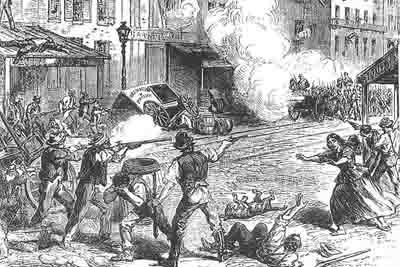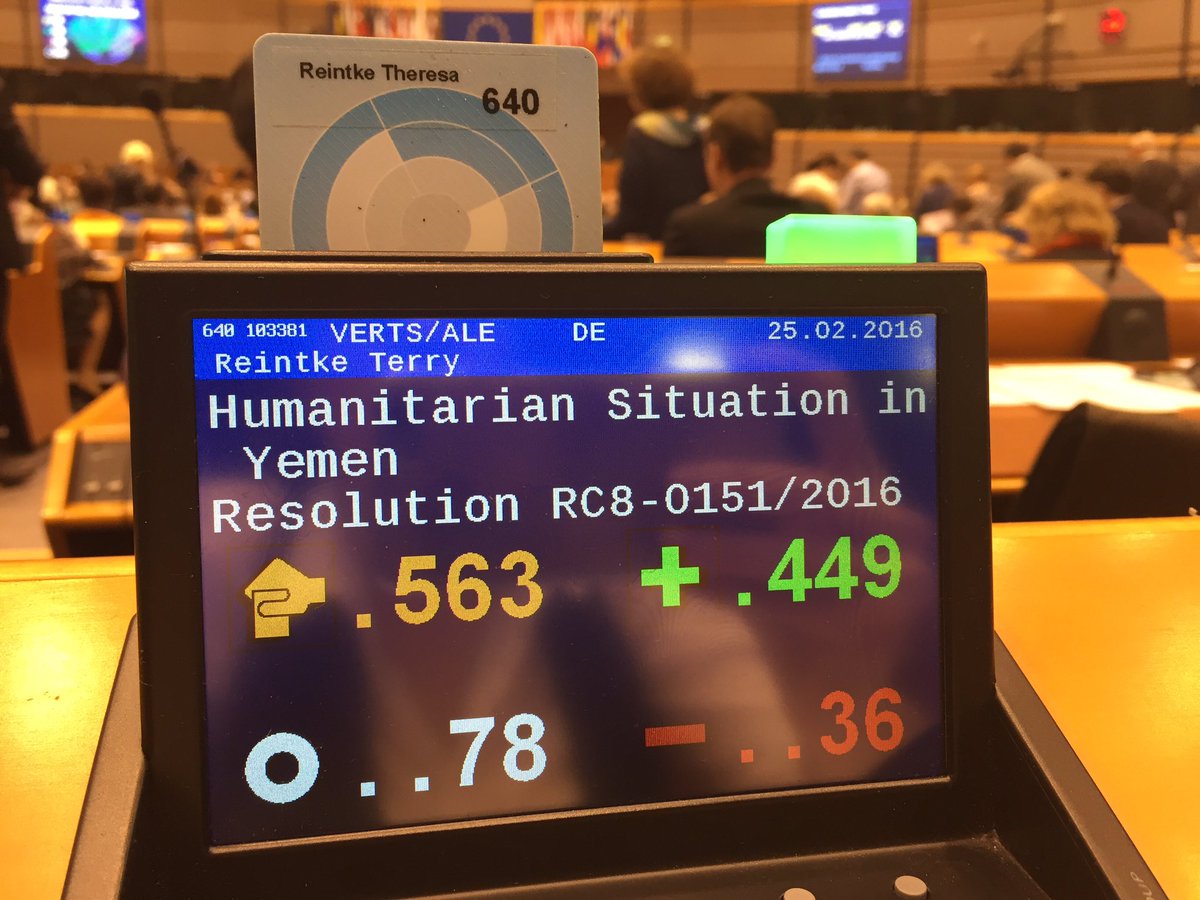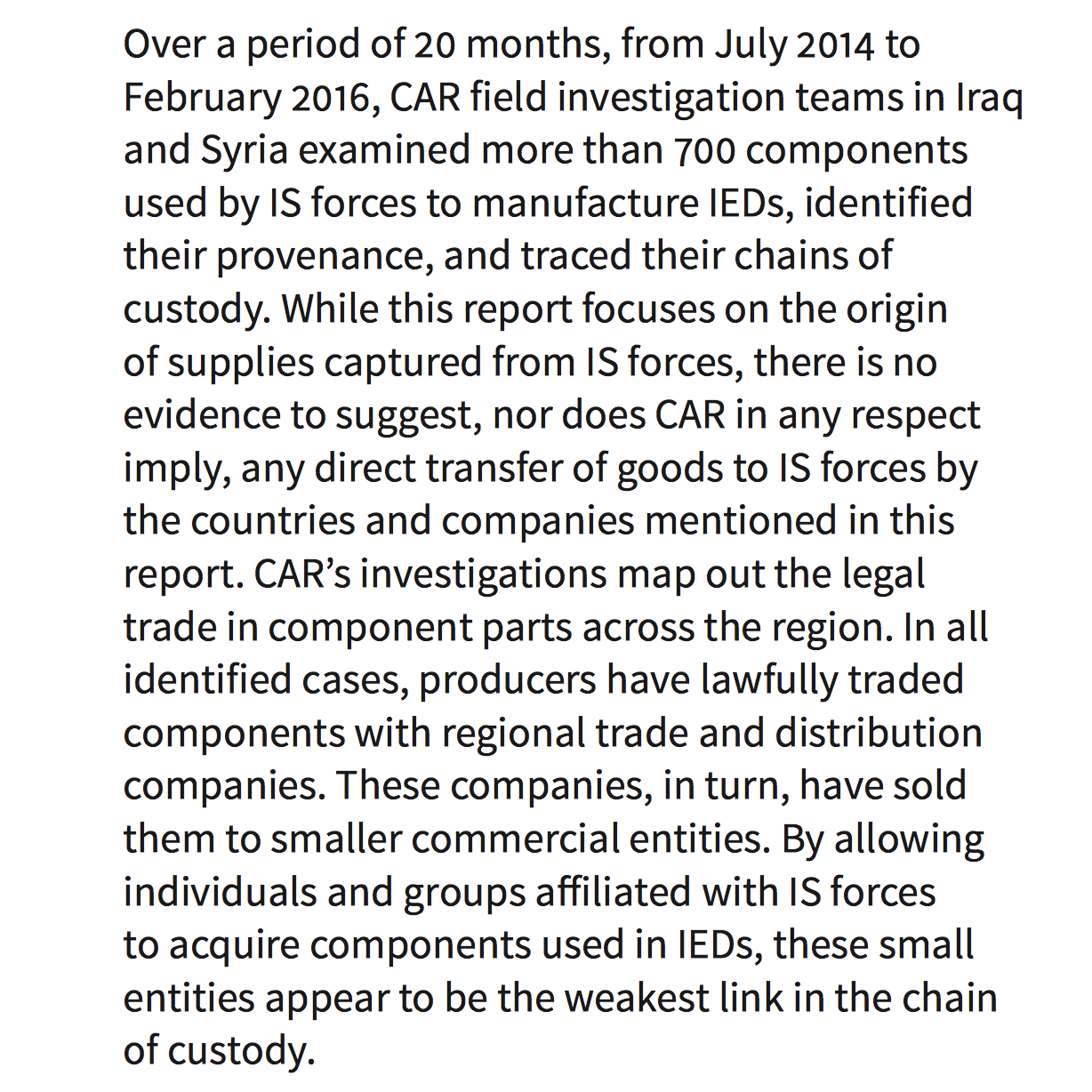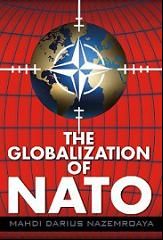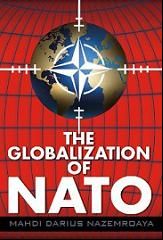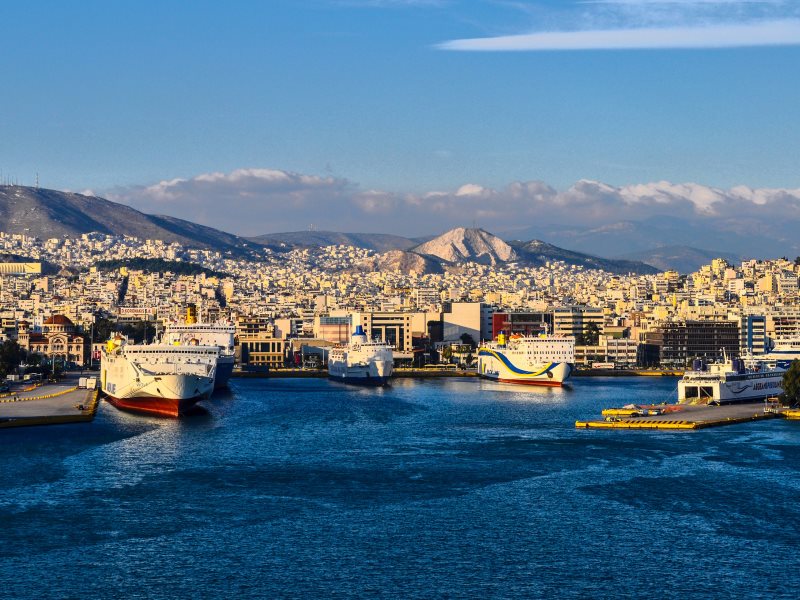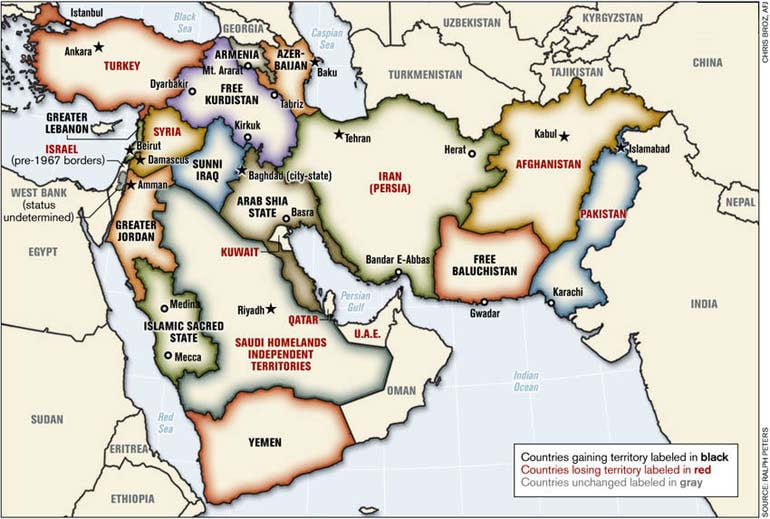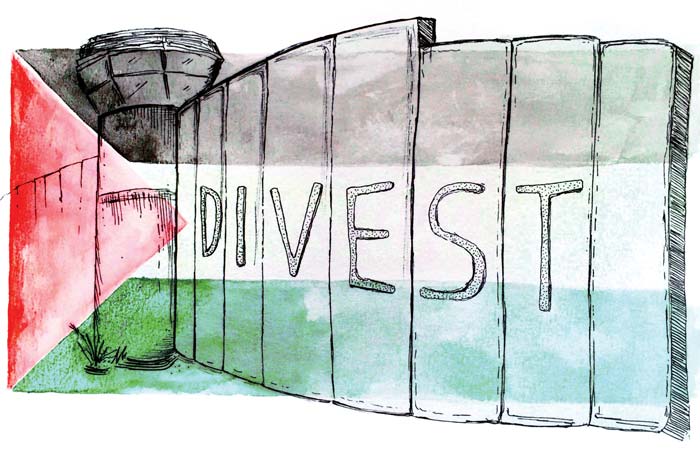Photo : Ciudad de México, 16 de febrero del 2016. Theotonio dos Santos (centro) recibiendo diploma y medalla de parte de autoridades de la UNAM, antes de comenzar a dictar la Cátedra Maestro Ricardo Torres Gaitán.
Si hay alguien que ha dejado huella en el pensamiento económico de América Latina es Theotonio dos Santos: científico social brasileño, catedrático de la Universidad del Estado de Río de Janeiro, exponente de la Teoría Marxista de la Dependencia y galardonado con el Premio Economía Marxista 2013 de la Asociación Mundial de Economía Política. Dos Santos dictó a mediados de febrero una serie de conferencias sobre teorías del desarrollo como parte de la Cátedra Maestro Ricardo Torres Gaitán que le fue otorgada por el Instituto de Investigaciones Económicas de la UNAM por sus aportaciones en la materia.
Ariel Noyola Rodríguez, consiguió entrevistar a Theotonio dos Santos durante su estancia en la Ciudad de México y abordó, entre otros temas, las perspectivas de la economía y el sistema mundial, las contradicciones del desarrollo capitalista de China, el ascenso del yuan como divisa de reserva internacional, los desafíos de la integración latinoamericana, el atasco burocrático del Banco del Sur, el reposicionamiento regional de Estados Unidos, la crisis del pensamiento económico y los problemas que enfrenta la izquierda para construir alternativas.
Por su amplia extensión, la publicación de la entrevista se ha dividido en varias partes. En esta primera entrega Noyola Rodríguez explora con dos Santos la posibilidad de que se materialice una nueva recesión global, la reestructuración de la economía mundial comandada por los BRICS, las contradicciones del desarrollo capitalista de China y el ascenso del yuan como divisa de reserva internacional…
Ariel Noyola Rodríguez: Muchas gracias por haberme concedido esta entrevista. Quiero comenzar con la complicada situación por la que atraviesa la economía mundial en estos momentos, y cuál será, desde su punto de vista, el impacto sobre los países latinoamericanos. Durante el último mes se ha observado un desplome considerable de las principales bolsas de valores. Las acciones de los grandes bancos de inversiones (Goldman Sachs, JP Morgan Chase, Deutsche Bank, etc.) se han derrumbado en estos días, lo mismo ha sucedido con los precios de las materias primas (commodities) y los tipos de cambio de los países emergentes ¿Estamos a las puertas de una nueva recesión mundial? ¿En qué posición se encuentra América Latina ante ese posible escenario?
Theotonio dos Santos: La crisis de 2008-2009 fue muy fuerte para los países que formaban parte del centro de la economía mundial, pero al mismo tiempo, China se mantuvo con un fuerte crecimiento junto con los países de los BRICS (acrónimo de Brasil, Rusia, India, China y Sudáfrica), y también casi todos los países en desarrollo. De manera que la tasa de crecimiento del Producto Interno Bruto (PIB) de la economía mundial no cayó. Esto muestra que hubo cambios muy significativos en los últimos años: el motor de la economía mundial se desplazó de la zona central, básicamente de la tríada (Estados Unidos, Europa y Japón), hacia otras regiones.
Esto ha dado origen a una serie de trabajos, de intentos de explicación de este fenómeno. Desde la década de 1970, incluso un poco antes, nosotros mostramos la tendencia a la decadencia de la economía norteamericana y europea, y hasta Japón, que en aquel momento estaba en un auge económico importante, aunque también se comenzó a revelar una cierta tendencia a una caída que operó a partir de la década de 1990. En ese sentido, Japón mostró un poco lo que iba a pasar con las economías industrializadas. La economía japonesa entró en una baja bastante significativa. Recordemos que Japón registró entre 8 y 10% de crecimiento del PIB durante gran parte del período de posguerra, pero en la década de 1990 bajó a cero, incluso obtuvo tasas de crecimiento negativo (-2%, -3%, etc.), y apenas alcanzó un ligero crecimiento en años muy aislados.

La crisis que estalló en Estados Unidos el año 2008 es una de las más graves en la historia del capitalismo como sistema mundial, sólo comparable con la Gran Depresión de 1929. Ante el declive de la economía norteamericana, el ascenso de China y los BRICS ha acelerado la reestructuración de la economía global a favor de Oriente
Ahora hay otro problema que está causando desesperación en el centro del sistema, y es que los países en desarrollo, los que han ganado una mayor participación en la economía mundial, ahora también empiezan a tener un menor crecimiento. Es que gran parte de la expansión desde los años 2000 hasta 2010-2012, estuvo basada en la demanda china. La demanda de China es un asunto poco estudiado, durante la década de 1990 cuando nosotros llamamos la atención sobre el crecimiento de la demanda china en la economía mundial, la reacción de muchos colegas fue que eso era absurdo, que China, un “país de pobres”, no iba a generar ninguna demanda importante.
Era un gran desconocimiento, China tiene todavía sí, una población bastante pobre, pero en la década de 1980 y 1990 se desarrolló mucho la economía del Sur de China sobre todo, y esa economía alcanzaba ya unos 500 millones de habitantes con un nivel de consumo próximo a todo el Sur de Europa. Es decir, en esos años se agregó a la economía mundial una “Europa del Sur”. Entonces, despreciar este fenómeno era un problema muy grave porque mostraba exactamente la crisis, esa sí bastante grave, del pensamiento económico.
¿Ahora bien, qué pasó con la caída del crecimiento chino? Frente a la crisis, la dirección política de China tomó posiciones que están alterando bastante su participación en la economía mundial en este momento. Una de esas decisiones fue volcarse más hacia su mercado interno. En 2008 China había adoptado ya la decisión de volcar 500,000 millones de dólares para ampliar la demanda de las zonas más pobres, y re-orientar su economía hacia sus propios mercados. Ese giro tuvo un efecto sobre todo para los países que estaban en ascenso, ya que ese ascenso estaba vinculado con el aumento de los productos de exportación hacia China.
Y a pesar de que se tomaron algunas decisiones para intentar aprovechar el auge de las exportaciones, no fueron suficientes, no se logró un cambio tan sustancial que nos permitiera colocarnos de lleno dentro de las nuevas tendencias de la economía china, para así disminuir un poco el efecto de la caída de la demanda mundial. Además hay otro problema, hay una caída de los precios de las materias primas (commodities), que componen el grueso de las exportaciones de nuestros países hacia China. Frente a eso, hemos tenido problemas graves, y en lo que respecta al petróleo sobre todo.
Hay un intento de manipular el mercado petrolero para servir a objetivos geopolíticos, sobre todo de Estados Unidos, país que para hacer frente al auge de China, favoreció el uso de la fractura hidráulica (fracking), que es un método de producción interesante en términos económicos para las empresas de Estados Unidos. El fracking tiene la ventaja de permitir un gran crecimiento de la producción petrolera sin destinar grandes montos de inversión, pero al costo de acabar con el agua. La crisis del agua se va a agravar en Estados Unidos, en unos 15 o 20 años más.
De cualquier forma, era una decisión estratégica para enfrentar a los enemigos que Estados Unidos definió en este período, básicamente Rusia, Irán y Venezuela, golpeando también a Brasil y otros países. Brasil está ingresando en un dominio petrolero muy grande, que afecta bastante el funcionamiento de la economía mundial. En busca de bajar el precio del petróleo, y así generar problemas en América Latina, Estados Unidos apostó por la acumulación de inventarios (stocks) y colocaron al mercado de materias primas (commodities) en una crisis bastante grave, y también profundizaron la crisis energética.
En este cuadro es posible entender que esa política tuvo efectos bastante negativos desde el punto de vista económico, pero desde el punto de vista político no funcionó. Rusia, en vez de aceptar las presiones de la Organización del Tratado del Atlántico Norte (OTAN) comandada por Estados Unidos, se convirtió entonces en una fuerza muy activa en Europa. Y Europa oriental depende hoy mucho de Rusia, que además se aproximó más a China, garantizando una nueva salida de sus productos de exportación, y además apoyó fuertemente la idea de los BRICS, que es la base de una nueva dinámica económica mundial.
El Oriente Medio también está cansado de Estados Unidos. Arabia Saudita se está reuniendo con Rusia en este momento. La idea es que la Organización de Países Exportadores de Petróleo (OPEP) tenga una política común con los grandes productores de petróleo [Nota: en efecto, momentos después, la OPEP y Rusia acordaron congelar la producción petrolera a los niveles del mes de enero, una medida que busca apoyar el repunte de los precios]. Arabia Saudita siempre ha sido una fuerza fundamental de Estados Unidos en Oriente Medio, no se gustan mutuamente, pero son necesarios entre sí.
Por eso no es simplemente una crisis, estamos en un momento de reestructuración de la economía mundial. Claro que los más débiles, sobre todo Brasil y Venezuela, son los más afectados. Venezuela por su dependencia económica de las exportaciones de petróleo, por el hecho de que ya no esté presente Hugo Chávez, que tenía una calidad de pensamiento y de estrategia, muy por encima de la media. Entonces, todo esto claro, está afectando muy gravemente la situación económica de Venezuela. Y Brasil también está afectado muy fuertemente, lo mismo Argentina.
Todo esto está en el cuadro, más amplio, de que para enfrentar la crisis en Estados Unidos y Europa la fórmula principal fue una acción muy fuerte de parte de los Estados para proteger al sector financiero, que era el más directamente afectado por la crisis de 2008. Así se generó una transferencia masiva de los recursos del Estado hacia el sector financiero. Esto permitió que la crisis no se agravara tanto en un primer momento, pero creó las condiciones para que en un momento siguiente, que es lo que estamos viviendo ahora, no exista forma de pagar estas deudas.
Los Estados se convirtieron en grandes deudores, los países del Sur de Europa, Estados Unidos, etc. El caso de Estados Unidos es muy dramático. La deuda pública de Estados Unidos salta en estos años de 6 a más de 16 billones de dólares, que es igual al monto del resto de la deuda pública del mundo. Y no hay cómo pagar algo así. Deben buscar alguna forma, la deflación (caída precios) quizás sea una salida. La única forma es la quiebra, la deflación sería una quiebra colosal para Estados Unidos.
El otro problema que tiene Estados Unidos, y Europa también, es que no pueden tener una tasa de interés muy alta. Porque eso los llevaría a una baja de su crecimiento mucho más grave. Los bancos centrales de los países industrializados mantienen actualmente tasas de interés cercanas a cero, pero Japón ya lo hacía desde la década de 1990, eso no resuelve el problema en las economías centrales, eso digamos, permite que la crisis no se manifieste tan fuerte, pero se va generando otra crisis, de grandes excedentes de deuda.
En América Latina no estábamos preparados para enfrentar la crisis, a pesar de que algunos de nosotros lanzamos advertencias. La tendencia en nuestra región es de prejuicio, de no entender lo que pasa más allá de la dinámica del pensamiento que viene de Estados Unidos. La verdad es que no se dio importancia suficiente a lo que pasaba en China, India, etc. Nuestros países no se prepararon para hacer frente a una demanda que todo el tiempo se dijo que no existía. Cuando se llega al gobierno se tiene primero una situación de fantástico crecimiento. Por ejemplo, Brasil pasó de exportar mercancías por 60,000 millones de dólares a casi 200,000 millones de dólares. China que al principio no era tan importante, pasó a ser el primer país importador de productos brasileños.
Chávez sí entendió el contexto, hizo un gran esfuerzo junto con la OPEP, para reestructurar el mercado petrolero, para mejorar el papel de Venezuela como país exportador de petróleo. Chávez intentó forzar la industrialización en Venezuela, pero el problema de países como Venezuela, los que están en el Caribe, Cuba también, es que algunos sectores de la población están acostumbrados a utilizar los excedentes de dólares, que se consiguen en ciertos momentos históricos, para comprar bienes de consumo del exterior. No existe la percepción de que ese dinero que posees debe ser cuidado para utilizarlo después como un instrumento para el desarrollo. Tienes muchos dólares y los pierdes en el exterior, no permites que esos excedentes se utilicen en el desarrollo industrial del país.
La industrialización está basada en el avance de la productividad. Y el avance de la productividad no se da en escala nacional solamente. Desde la década de 1960 se va constituyendo una economía de una gran diferenciación de productos y el capital que dirige eso, el capital de las multinacionales va re-orientando su producción a los lugares donde paga menos impuestos, donde encuentra la mano de obra más barata, etc., la economía mundial se reestructura. Tu país se queda con una parte de eso, pero no cuentas con la capacidad tecnológica para que tú mismo dirijas el proceso, ni económica. Entonces se crea un nuevo tipo de dependencia, que incluso se ha profundizado.
Ariel Noyola Rodríguez: Hay una reforma capitalista que está en curso de dimensiones mundiales, promovida por China y otros países emergentes. En el ámbito de las finanzas internacionales, el gobierno chino consiguió que se incluyera el yuan en los Derechos Especiales de Giro (DEG). Y el Congreso estadounidense destrabó finalmente la reforma del sistema de cuotas de representación del Fondo Monetario Internacional (FMI), con lo cual, China y los BRICS vieron incrementados sus porcentajes de participación, si bien Estados Unidos todavía conserva su poder de veto.
Sin embargo, las concesiones otorgadas por el FMI comprometen a China a llevar a cabo una serie de reformas estructurales que profundizarían su vinculación con el mercado financiero mundial por la vía de la liberalización de las tasas de interés, los tipos de cambio y el mercado de capitales. Los chinos han construido su propio mercado de derivados para emitir títulos financieros respaldados en materias primas (commodities) pero denominados en yuanes, ya no en dólares. Asimismo, la banca en la sombra (shadow banking system), compuesta por las entidades financieras fuera del marco regulatorio, va cobrando una mayor relevancia en el sistema de crédito.
Por otra parte, si bien es cierto que China viene ganando terreno frente al antiguo Grupo de los 7 (G-7, integrado por Alemania, Canadá, Estados Unidos, Francia, Italia, Japón y Reino Unido) en la jerarquía de la economía mundial, al mismo tiempo se mantiene fuertemente ligada a las economías y los instrumentos de los países industrializados, bajo esta perspectiva, parece haber construido una relación de dependencia mutua, más que de autonomía. Por ejemplo, cuando Lehman Brothers quebró, China mantuvo sus adquisiciones de bonos del Tesoro de Estados Unidos. Asimismo, China es hoy el principal socio comercial de Estados Unidos, y uno de los principales destinos de inversión de Estados Unidos, Europa y Japón.
Algunos plantean incluso que el ascenso económico de China será puesto en cuestión en un tiempo breve. La deuda pública sí, todavía es baja, pero la deuda privada, la que incluye la de las familias y las empresas, ha aumentado de modo bastante significativo. La deuda total, esto, es, si sumamos la deuda pública y la privada, sería equivalente a más de 200% del PIB de China.
Entonces, ¿Cómo interpretar el avance económico de China frente al bloque occidental y la construcción de una nueva dinámica económica mundial, cuando en otros aspectos Pekín legitima las instituciones e instrumentos del orden mundial de la segunda posguerra, y reproduce al mismo tiempo muchas de las pautas seguidas por el capitalismo estadounidense?
Theotonio dos Santos: Bueno, estamos en un proceso de armar una nueva economía mundial. La posibilidad de influenciar fuertemente esta nueva economía en un cierto momento parecía muy difícil. Y en la actualidad sí, por supuesto, aún se piensa usar el FMI, digamos, abrir el FMI para lograr una presencia más fuerte, sobre todo de China, pero también de otros países, en términos de mejorar su posición en las cuotas del FMI.
Pero la reforma fue muy pequeña, y ahora finalmente se consiguió, porque Estados Unidos fue obligado a aparentar ayudar un poco la posición de los países en desarrollo. Sin embargo, el FMI actúa para Estados Unidos, también el Banco Mundial. La verdad es que a nuestros países no les interesa más el FMI. Nosotros no somos deudores del FMI, somos acreedores, incluso hemos ayudado con nuevos recursos. Lo que ellos están haciendo claro, es buscar captar nuestras reservas, y buscan mecanismos para lograr eso, muy ayudados por los bancos centrales de nuestros países.
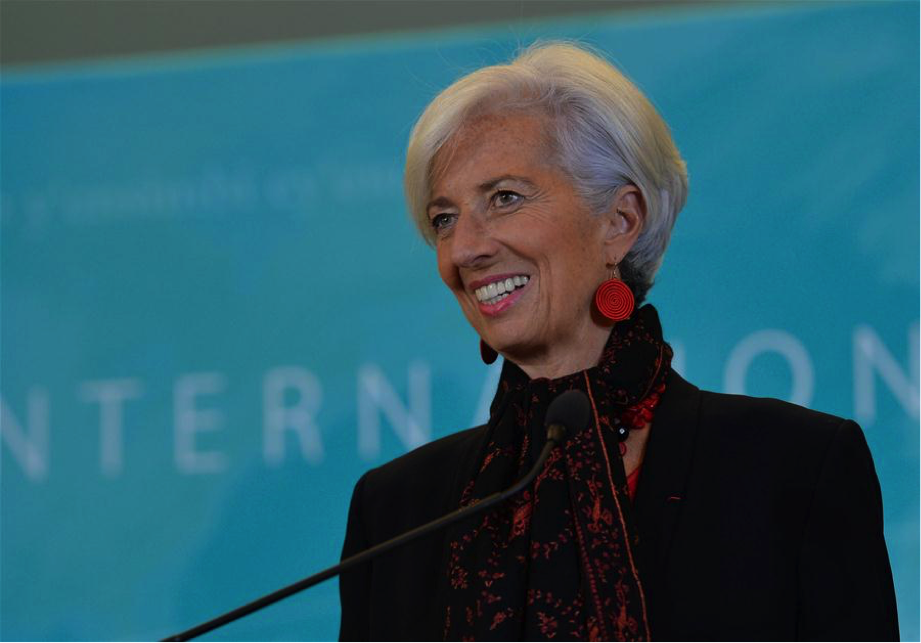
El gobierno chino consiguió que se incluyera el yuan en los Derechos Especiales de Giro (DEG), la canasta de divisas que creó el Fondo Monetario Internacional (FMI) en 1969 para complementar las reservas oficiales de los bancos centrales. En la imagen, Christine Lagarde, la actual directora gerente del FMI, tras dar a conocer a la decisión
En China existe una corriente, digamos, dentro del mismo gobierno, que defiende que China entre fuertemente al mercado financiero mundial. Y para hacer eso los chinos tendrían que aceptar gran parte de los instrumentos existentes. Pero hay otra corriente que está armando otro tipo de instrumentos. El banco de los BRICS por ejemplo, creo que se va a convertir, a pesar de que se han creado dificultades para impedir que se consolide, en un órgano más poderoso que el Banco Mundial.
Y lo mismo va a pasar con el Banco Asiático de Inversiones en Infraestructura (BAII). A Estados Unidos le correspondía contener el apoyo de los europeos y no lo consiguió, todos los europeos se fueron a financiarlo. Lo que revela que la influencia china en este momento es más poderosa que la de Estados Unidos, en una cuestión mercantil, no en una cuestión política propiamente, pero sin duda esto tiene desdoblamientos políticos. Es que el BAII no sólo garantiza el funcionamiento de Asia en general, con la entrada de estos países (Alemania, Francia, Reino Unido, etc.), se convierte en un instrumento de actuación muy amplio, incluso para Europa.
Son cambios que no implican simplemente meterse en el mercado financiero mundial, sino que se están estableciendo nuevas reglas para la economía mundial. El otro asunto es que en los próximos 10 años veremos el ascenso del yuan. De 4 años para acá, el yuan pasó de representar 2% a alcanzar más de 8% del total de las operaciones de financiamiento comercial, un crecimiento de 4 veces, según los datos de la Sociedad para las Comunicaciones Interbancarias y Financieras Mundiales (SWIFT, por sus siglas en inglés). Y esta dinámica va a continuar, porque el dólar está en plena caída en verdad, pende de un hilo.
A nadie le interesa que haya una caída tan brutal del dólar, pues se podría acentuar la deflación, por eso están haciendo todo lo posible para evitar su derrumbe. Tampoco la caída del dólar le interesa a los chinos, que tienen muchos dólares en este momento, y que necesitan al dólar para realizar muchas operaciones. Pero, en el contexto de la tendencia económica mundial actual, ¿Qué preferirías tú, dólar o yuan?
Ariel Noyola Rodríguez: El yuan, sin lugar a dudas…
Theotonio dos Santos: Evidentemente, es una moneda que se valoriza, cuyo rol en la economía tiende a crecer. El dólar en cambio, es una moneda en decadencia, no paga interés alguno por los títulos de deuda pública norteamericanos. Estados Unidos es un país deudor absoluto. La deuda pública es equivalente al tamaño de su PIB, la deuda misma que el gobierno acepta como tal.
Las deudas que tú mencionas son deudas emitidas por otros agentes sociales, económicos, que el gobierno puede claro, entrar a patrocinarlas, también en un cálculo de que si no lo hacen se haría más profunda la crisis del dólar. Y evitar el colapso del dólar sería mejor para China, pero también para casi todos los jugadores (players) mundiales. Sin embargo, si el yuan consigue mantener ese nivel de ascenso, en unos 10 años podría llegar a 30%, muy próximo a alcanzar 50%. Y cuando llegas a más de 50% entonces puedes emitir moneda, que es lo que hace Estados Unidos. Las previsiones actuales apuntan hacia esa dirección.
Ariel Noyola Rodríguez: Aunque bueno, quizás las contradicciones del desarrollo capitalista de China entorpezcan el ascenso del yuan como moneda de reserva mundial. El Banco Popular de China ha disminuido en varias ocasiones la tasa de interés de referencia, lo mismo el nivel de encaje de los bancos, precisamente para evitar una mayor desaceleración de la economía, apuntalar la provisión de crédito, e impedir a toda costa que la deflación contagie a su industria manufacturera.
Por otro lado, desde que China comenzó a devaluar el yuan, en agosto de 2014, su banco central se ha visto obligado a ocupar una tercera parte de sus reservas internacionales en la defensa de la estabilidad del tipo de cambio, como una consecuencia sí, en parte de los ataques de los especuladores, pero también por cierta desconfianza de los inversionistas en torno a su fortaleza financiera ¿Considera usted que hay riesgos de que estalle una crisis financiera en China por el agravamiento de las contradicciones de su desarrollo capitalista?
Theotonio dos Santos: No, no veo perspectivas de una crisis financiera en China. Ese tipo de problemas son cuestiones de política monetaria, una política que no busca apreciar el yuan fuertemente. El tipo de cambio yuan/dólar no tiene que ver tanto con la política china, es el resultado de las interacciones del mercado financiero mundial. Los chinos quieren que la apreciación de su moneda sea lenta. Y evitarían sin duda que la crisis del dólar fuera tan grande si ellos estuvieran en condiciones de comandar la política económica mundial. Estados Unidos necesita del apoyo chino para poder evitar la crisis del dólar.
La crisis del yuan no sería un problema grave porque no tendría que ver con la tendencia económica de China, que está invirtiendo en el mundo entero, creando mecanismos propios, de préstamos, de inversión, etc. Entonces para los chinos [la apreciación cambiaria] no es algo que ellos quieran apurar. Es un resultado de la mecánica de la economía mundial, derivada a su vez del rol histórico del capitalismo en su organización. Ahora bien, Estados Unidos puede tener más influencia en la economía mundial, y evitar una crisis más grave si teje alianzas con China, pero bajo una condición subordinada. Y es difícil pensar que los norteamericanos lo vayan a aceptar fácilmente.
Pero quizás sí lo hagan, en alguna medida. Por ejemplo, en cuanto a la renovación de la deuda de Estados Unidos, el presidente del Sistema de la Reserva Federal (FED) de ese momento fue semanalmente a China a discutir el asunto para evitar que China se deshiciera de sus bonos del Tesoro. Los chinos conservaron sus títulos, pero ya no compraron más. Pero para convencerlos de que los mantuvieran, Bernanke tuvo que ir semana tras semana a China, durante 1 mes, 2 meses.

La moneda de China, el yuan, podría estar en condiciones de competir cara a cara con el dólar de Estados Unidos dentro de una década
Esto es una subordinación clara, tú depende más de ellos, que ellos de ti. Los chinos no fueron obligados a comprar más títulos respaldados en dólares, sino a renovar. Al renovar, China pide exigencias y condicionamientos. Los acreedores siempre imponen sus propias condiciones, sobre todo cuando la deuda es muy grande, porque hay un instrumento de poder muy importante, que es simplemente no pagar.
A nadie le conviene una caída muy fuerte de los títulos de la deuda pública norteamericana, que ya la hay de hecho, aunque no se habla mucho de eso. Nadie compra un título de deuda de Estados Unidos por lo que vale. Cómo vas tú a pagar 100% por un título que representa en realidad 60% de su valor original, menos aún. Para proteger el dólar es verdad que los norteamericanos necesitan a los chinos, sí.
Pero también hay que presentar esta situación desde el otro lado. Los norteamericanos también dependen de China, no es solamente que los chinos dependan de Estados Unidos. Sí, en cierta parte dependen. Es que los chinos no tienen interés en una depreciación masiva del dólar por la enorme cantidad de reservas que poseen, más de 3.3 billones de dólares. Ese es el gran problema.
Muchos sectores en Estados Unidos quieren una pelea con China porque aún piensan que son dueños del mundo. Piensan que hay que imponerse por la fuerza frente a los chinos. Pienso que sería un error muy grave. Y ese escenario no se desdoblaría solamente en el ámbito financiero.
¿Quién puede controlar esos fenómenos que tú citaste, y que obligarían a China a valorizar más el yuan? Bueno, China acepta que tiene que valorizar, pero no lo quieren hacer del todo, no quieren contribuir a eso. Excepto el sector financiero, ellos sí quieren que China entre rápidamente en el mercado financiero mundial en calidad de gran potencia. Cualquiera que sea la salida, creo que no beneficiará a Estados Unidos, en términos de recuperar su poder en el mundo, más bien será favorable para China…
Ariel Noyola Rodríguez
Ariel Noyola Rodríguez: Economista egresado de la Universidad Nacional Autónoma de México (UNAM).


